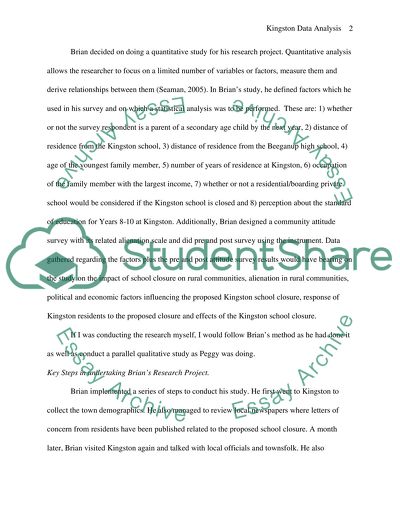Cite this document
(“Brians data analysis in Kingston School Closure Research Paper”, n.d.)
Retrieved from https://studentshare.org/sociology/1525942-brians-data-analysis-in-kingston-school-closure
Retrieved from https://studentshare.org/sociology/1525942-brians-data-analysis-in-kingston-school-closure
(Brians Data Analysis in Kingston School Closure Research Paper)
https://studentshare.org/sociology/1525942-brians-data-analysis-in-kingston-school-closure.
https://studentshare.org/sociology/1525942-brians-data-analysis-in-kingston-school-closure.
“Brians Data Analysis in Kingston School Closure Research Paper”, n.d. https://studentshare.org/sociology/1525942-brians-data-analysis-in-kingston-school-closure.


